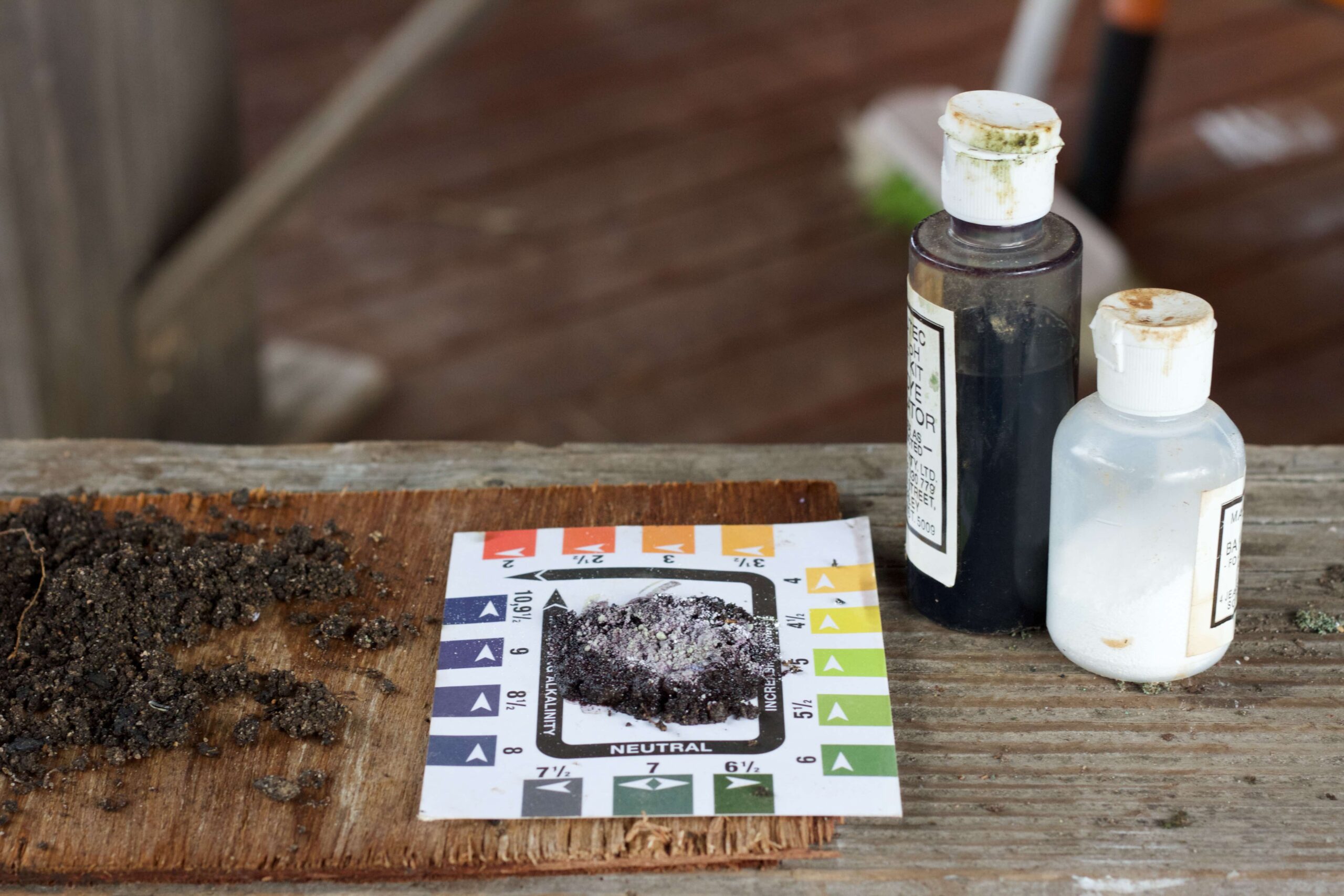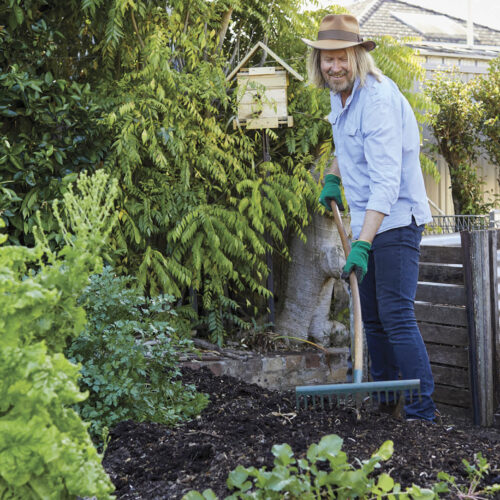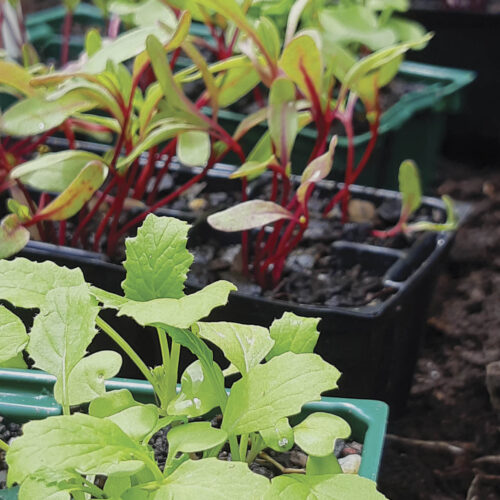Testing soil pH
2019-04-08T03:15:20+10:00
What is pH and how can you change it? Penny Woodward explains.
Gardening experts often tell you to check the pH of your soil before establishing a new garden, or even new garden bed. And always to check the pH of any soil being imported into the garden. So why is this necessary and what does pH mean?
pH generally ranges between 1 and 14 with 1 being very acid and 14 being very alkaline. A pH of 7 is regarded as neutral. Most plants do well between 5.5 and 7.5 and plant roots will only grow in a range of pHs between between 4 and 9, but at either extreme only specially adapted plants survive. Its important to understand that pH is a logarithmic scale, so that a pH of 6 is 10 times more acid then one of 7, while a pH of 5 is 100 times more acid than one of 7. Common vinegar has a pH of about 2.5. Even more confusingly, acidic soils are sometimes also called sour soils, while alkaline soils are called sweet soils.
It’s important to know the pH of your soil because this determines what nutrients your plants are able to take up via their roots from the soil. The majority of nutrients are available between pHs of 5.5 and 7.5. Acid soils with a lower pH increase the availability of trace elements like boron, copper, manganese and zinc while making it harder for plants to absorb calcium and molybdenum. If the pH gets as low as 5 then concentrations of these elements may be high enough to be toxic to the plant. At the other end of the scale, as the pH gets higher and more alkaline then copper, iron, manganese and zinc become less available. pH can also affect the micro-organisms and fungi in the soil.
How to check pH
It’s easy to check the pH using a kit purchased from a nursery or hardware store. Take samples from several different points in the garden bed or area you want to test. pH can vary from the top of the soil, to the deep soil. I usually take samples from the top 10 cm, in 6 different positions, carefully mix them together and then test a teaspoon of this sample. If your reading is between 5.5 and 7.5 then no changes are needed to grow most plants. There are a few plants that do better in alkaline or acid soils, so you may want to change the pH a little.
Once you have determined your soil pH, you can either decide to only grow plants that do well at that pH or you can change the pH of your soil in specific areas to allow you to grow a bigger range of plants. Regular additions of organic matter, including cow, horse and sheep manure, as well as compost and mulch, will cause soils to gradually become neutral or slightly acidic.
To raise the pH add lime (calcium carbonate) or dolomite. Dolomite also contains magnesium carbonate. Only mined calcium carbonate and dolomite are certified organic. Kevin Handrek in his book Gardening Down-Under describes the proportions needed. Roughly, to increase the pH of the top 10cm, say from 5 to 6, apply 100g per sqm on sandy soils and 400g per sqm on clay soils. Wood ash, mushroom compost and biochar are all slightly alkaline so can be added to make small changes.
To lower pH add sulphur from natural sources including gypsum. Again, Kevin Handreck recommends 25gms per sqm for sandy soils and 100gms per sqm for clay soils.






